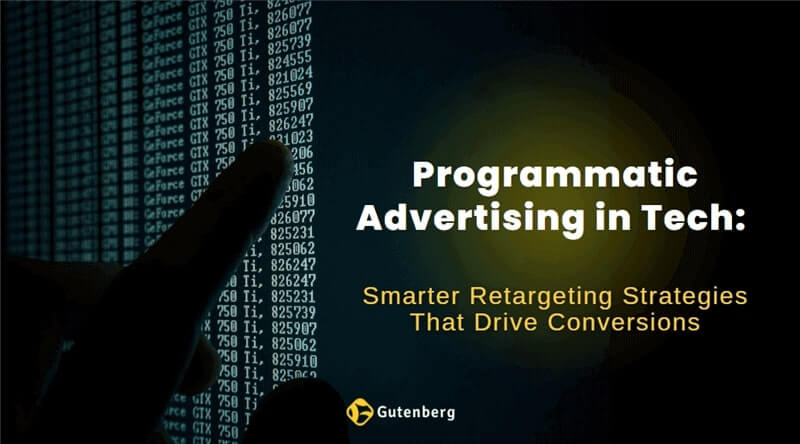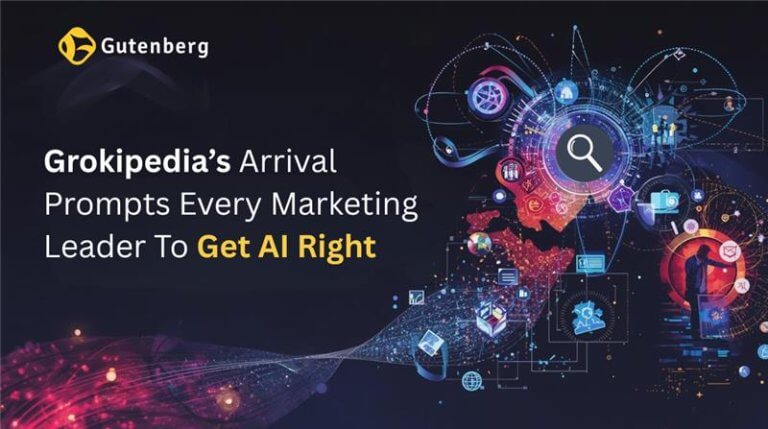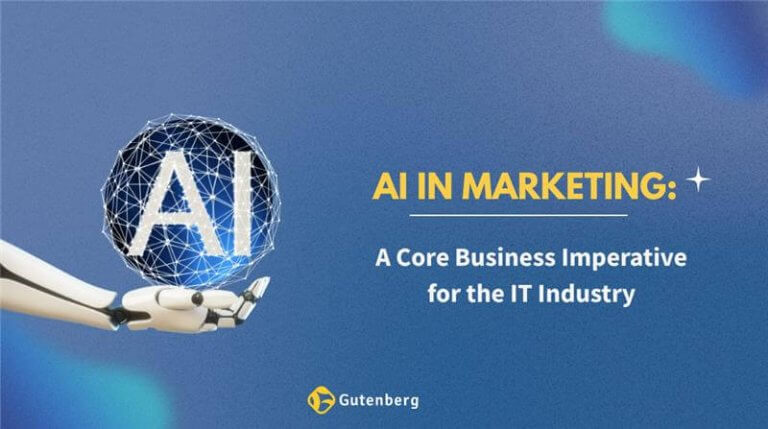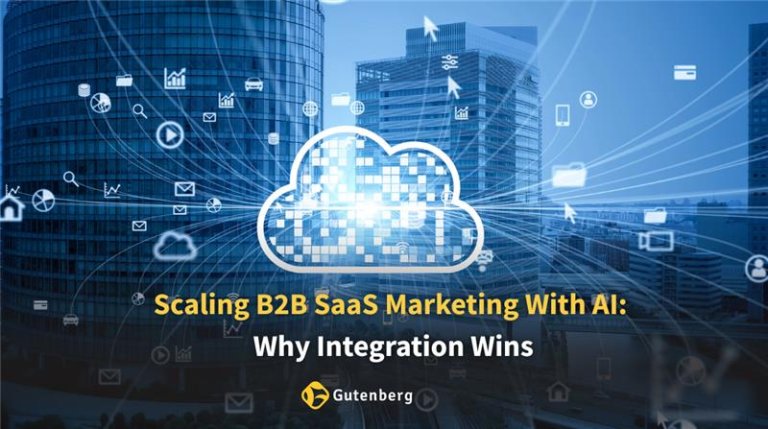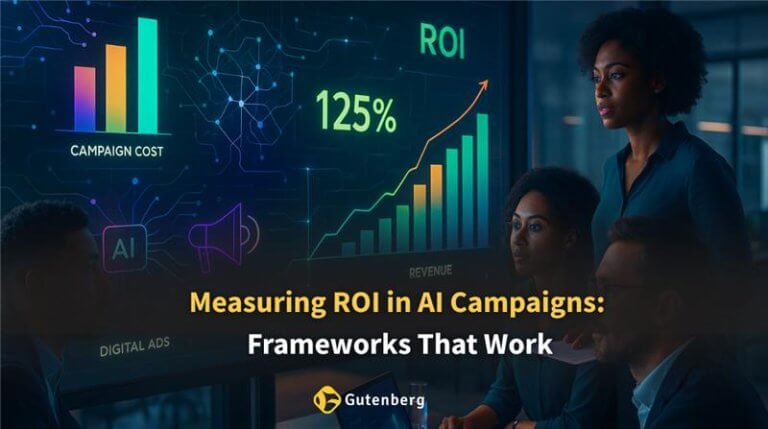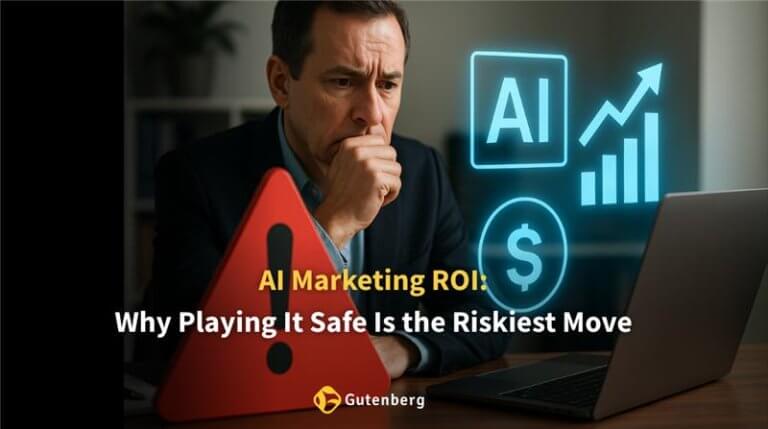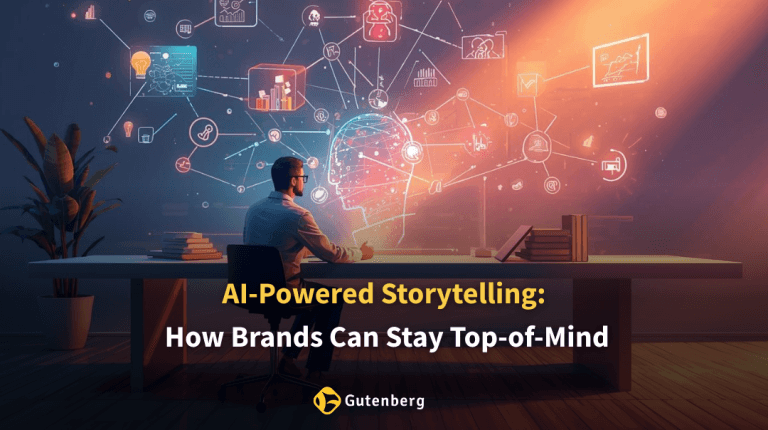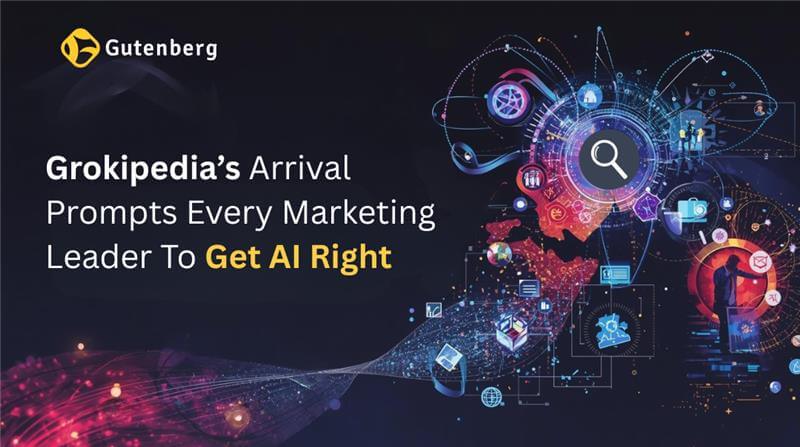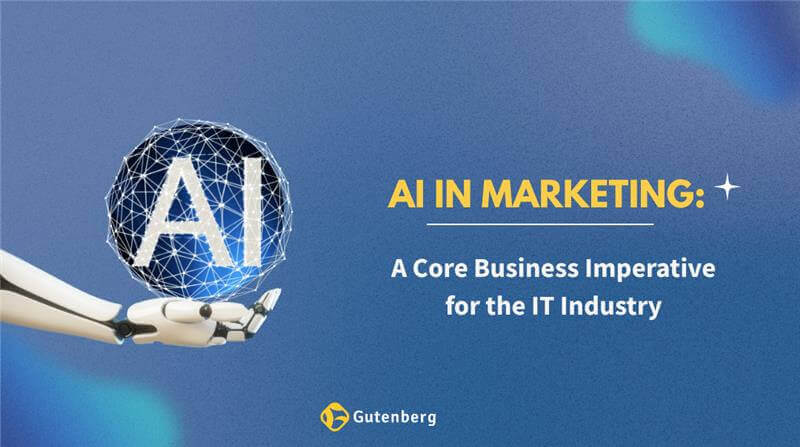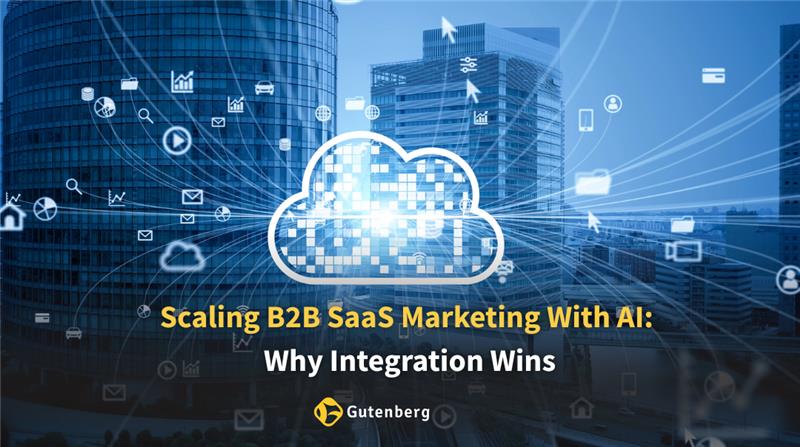In the tech industry, it’s rare for a potential customer to convert after the first interaction. Decision-makers often need multiple touchpoints before committing to a product or service, especially in complex categories like enterprise software or IT solutions. This makes retargeting strategies essential—not just to stay visible but to reconnect meaningfully with interested audiences.
This blog explores how programmatic advertising plays a central role in enabling smarter retargeting strategies, especially for companies navigating tech industry marketing. We’ll discuss what programmatic advertising is, how it supports digital advertising automation, the importance of audience segmentation in tech, and how tech marketers can get more out of every impression. We’ll also cover common challenges and share how Gutenberg helps tech brands improve their results.
What Is Programmatic Advertising?
Programmatic advertising refers to the automated buying and selling of digital ad space in real time, using software platforms and algorithms instead of manual processes. It allows businesses to target specific audiences at the right time with the right message, using real-time data to make bidding decisions in milliseconds. Over time, there has been a significant shift in how marketing teams operate, especially in sectors where personalization and efficiency are non-negotiable.
Why It Matters in Tech
The tech industry often involves long purchase cycles and complex buying committees. Whether it’s a SaaS tool or a managed IT service, buyers typically engage with content multiple times across devices before deciding.
This is where programmatic advertising adds value. It helps brands stay visible without wasting budget, by targeting those who have already shown interest through previous interactions. For tech marketers, it’s an efficient way to stay connected across the buyer journey without overspending on broad awareness campaigns.
How Programmatic Advertising Supports Retargeting
Retargeting strategies use data from previous engagements—such as website visits, whitepaper downloads, or demo requests—to serve ads to the same users across platforms. Programmatic advertising simplifies this process by using automated tools to reach those users where they are most likely to convert.
Instead of managing separate campaigns across Google, social media, and display networks, tech marketers can use demand-side platforms (DSPs) to centralize their retargeting efforts.
Example Tactics
- Dynamic creatives: Displaying different creatives based on how far a user is in the funnel
- Frequency capping: Setting limits to avoid ad fatigue
- Sequential messaging: Using a message flow that aligns with the buyer’s journey
- Behavioral targeting: Targeting ads based on time spent on site or product pages viewed
According to a report, retargeted ads can result in a 70% higher conversion rate compared to standard display advertising.
Audience Segmentation in Tech Marketing
The foundation of effective retargeting strategies is thoughtful segmentation. In the tech industry, audiences often include CIOs, IT managers, procurement heads, and technical end users. Each of these groups requires a different message, format, and level of detail.
Audience segmentation in tech allows marketers to create more specific groups based on behavioral data, firmographics, engagement history, or tech stack. With digital advertising automation, these segments can be dynamically updated and synced with campaign tools.
Tailoring Retargeting Across Segments
The power of programmatic advertising lies in its ability to serve tailored ads at a scale. For instance, a mid-funnel ad for an IT director might focus on product performance, while the same ad slot for a finance lead highlights cost efficiency. These messages can be tested and refined automatically.
Real Benefits for Tech Companies Using Programmatic Retargeting
For companies in the tech industry, retargeting with programmatic advertising isn’t just convenient. It leads to measurable results.
When paired with digital advertising automation, retargeting allows teams to make better use of first-party data and limit ad waste. Budget can be allocated more precisely to those most likely to convert. These efficiencies add up over time and directly impact ROI.
Metrics That Matter
- Click-through rate (CTR): Higher engagement from users who already interacted
- Cost per acquisition (CPA): Lower when retargeting qualified leads
- View-through conversions: Capturing post-impression conversions across devices
- Lifetime value (LTV): Higher from returning users familiar with the brand
According to a study, brands can see a 147% increase in conversion rates through programmatic retargeting compared to traditional campaigns.
Common Challenges and How to Address Them
Despite its advantages, programmatic advertising comes with its own set of challenges. These issues are manageable, but they require careful attention.
- Overexposure: Without frequency caps, audiences can become annoyed
- Irrelevant targeting: Poor data hygiene can lead to mismatched creatives
- Creative fatigue: Repeating the same ad leads to lower engagement
- Privacy concerns: Compliance with GDPR and CCPA is critical
Tips to Refine Campaigns
- Sequential messaging: Move users through the funnel with evolving narratives
- Creative refresh: Update ad creatives every few weeks to maintain interest
- CRM syncing: Sync CRM or CDP data with programmatic platforms
- Cross-device testing: Ensure consistent experiences and better attribution
These adjustments ensure campaigns remain useful instead of intrusive.
How Gutenberg Helps Tech Brands Improve Retargeting Performance
At Gutenberg, we work closely with tech companies to help them get more from their programmatic advertising efforts. Our team understands the nuances of tech industry marketing and brings a strategic approach to audience planning, message testing, and campaign execution.
We help brands make better use of first-party data, connect it seamlessly with digital advertising automation, and align creative with the needs of each buyer segment. Whether you’re a SaaS startup or an enterprise IT provider, we can support more precise retargeting strategies that are built around your sales funnel.
Our integrated campaigns don’t just follow the data—they use it to build consistent, high-value conversations with your audiences. If you’re looking for smarter ways to stay connected to the people already interested in your business, our team can help.
Conclusion: Focused Retargeting Is No Longer Optional in Tech Marketing
The tech industry is full of opportunities, but it’s also crowded. A single website visit or form submission isn’t enough to close the loop with a potential customer. This is where programmatic advertising comes in—offering tech marketers the tools to automate, personalize, and improve their retargeting strategies at scale.
By pairing audience segmentation in tech with digital advertising automation, companies can deliver relevant content to the right people, at the right time, without overspending. The result? Better engagement, more qualified conversions, and campaigns that align with longer buying cycles.
The technology is there. The data is available. The real difference lies in how it’s used. For tech companies ready to rethink their approach to digital media, programmatic advertising offers a smart, measurable path forward.
Ready to make your retargeting work harder? Reach out to Gutenberg and let’s plan a smarter way to connect with your future customers.

